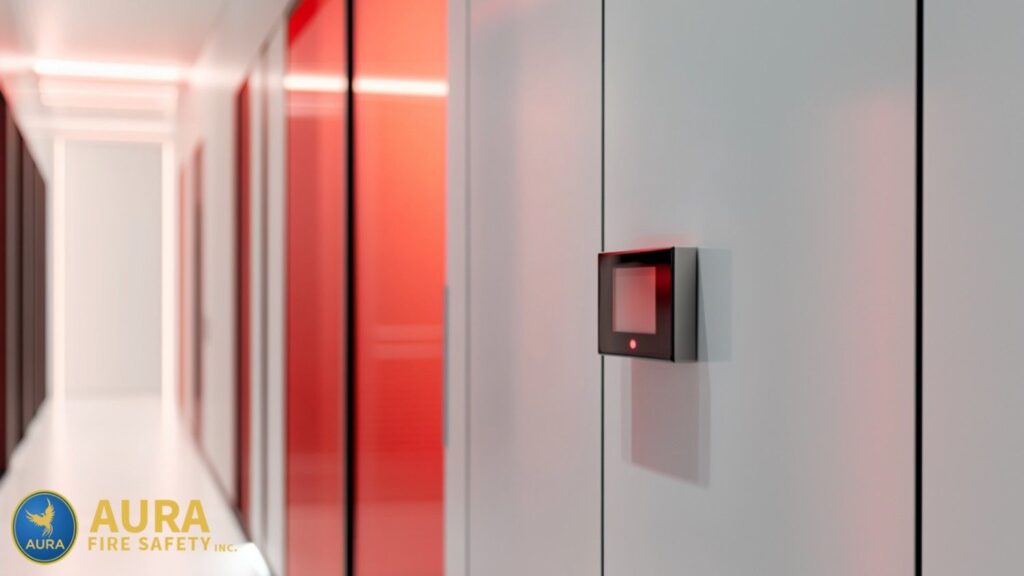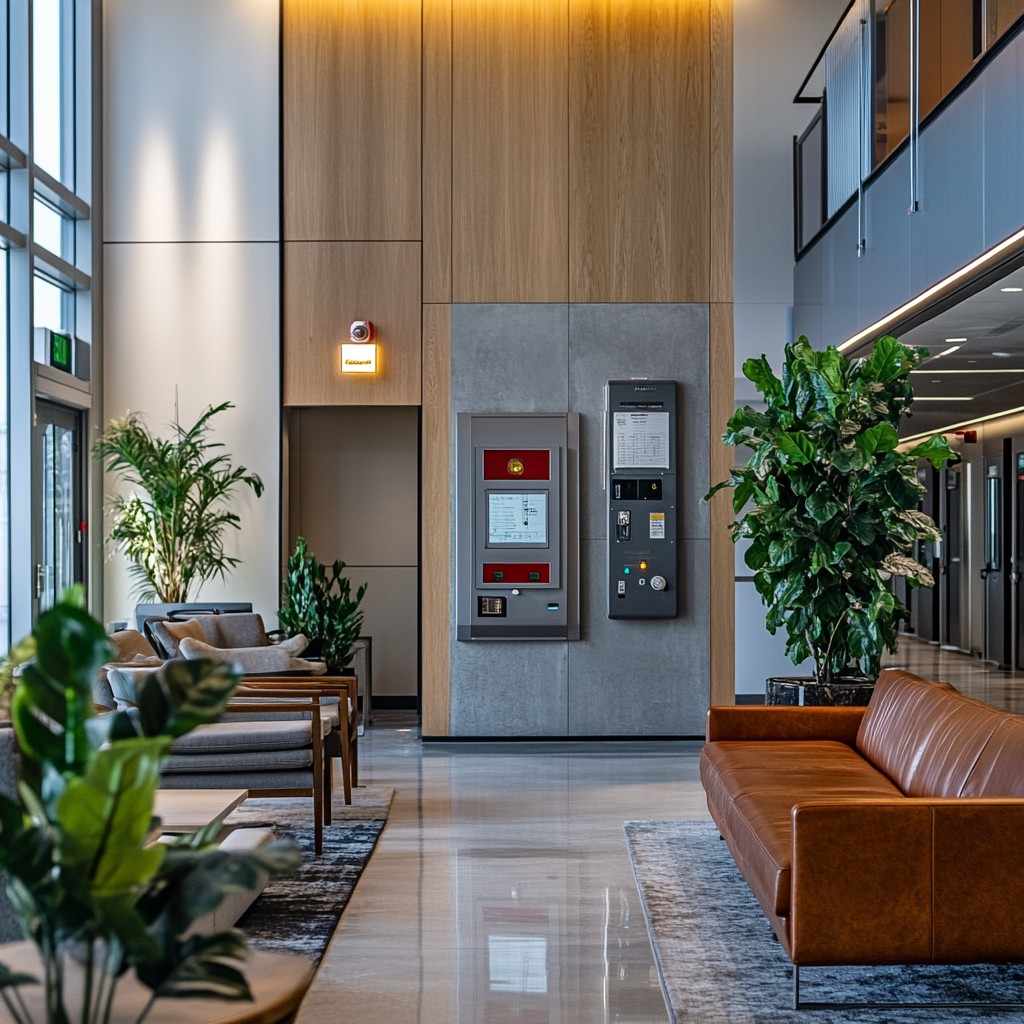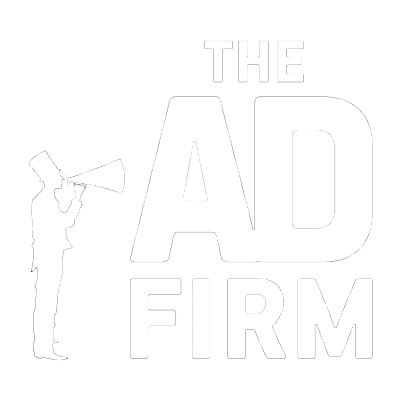Installing a fire alarm system in San Francisco is a critical step in safeguarding lives and property while ensuring compliance with stringent local regulations. With the San Francisco Fire Code (SFFC) emphasizing city-specific requirements, property owners must approach fire alarm installations with precision and attention to detail. This guide outlines the essential steps for fire alarm design, installation, and maintenance in 2025, ensuring full compliance with local and national fire protection standards.
Key Requirements for Fire Alarm Systems in San Francisco
San Francisco’s diverse urban environment necessitates highly specialized fire alarm systems. The city’s unique architectural mix, which includes historic landmarks and towering high-rises, requires tailored solutions to mitigate fire risks effectively. Ensuring compliance with NFPA 72 and the San Francisco Fire Code (SFFC) is critical for achieving system functionality and adherence to regulatory standards.
System Reliability and Maintenance
Maintaining a reliable fire alarm system is fundamental to effective fire protection services. The SFFC enforces strict maintenance and testing protocols that surpass national requirements, ensuring systems remain operational when needed most. Key considerations include:
- Mandatory Inspections
- Buildings must undergo regular fire alarm inspections based on their classification and usage.
- High-occupancy buildings, such as residential complexes and commercial spaces, require inspections quarterly or semi-annually.
- Low-occupancy properties, like storage facilities, may only need annual inspections.
- Adhering to these schedules helps prevent system malfunctions and reduces liability for property owners.
- Component Testing
- Every system component, including smoke detectors, heat sensors, pull stations, and notification devices, must be tested to verify proper functionality.
- Testing ensures that individual devices respond effectively to various fire scenarios, reducing the risk of undetected threats.
- Faulty components are replaced or recalibrated during inspections to maintain system integrity.
- Preventative Maintenance
- Routine cleaning prevents dust accumulation, which can impair sensor performance or trigger false alarms.
- Calibration ensures detectors maintain sensitivity to fire-related triggers without being overly reactive to non-threatening conditions.
- Outdated or worn-out devices are replaced promptly, extending the system’s operational lifespan and ensuring compliance with evolving codes.
By adhering to these rigorous requirements, property owners can minimize risks, avoid costly fines, and ensure their systems are ready to protect lives and property.
Integration with Building Safety Systems
Modern fire alarm systems in San Francisco are designed to function as part of an interconnected safety network. This integration enhances emergency response and ensures comprehensive safety measures, particularly in high-density or mixed-use developments. Key aspects of system integration include:
- Fire Sprinkler Coordination
- Fire alarm systems must interface seamlessly with sprinklers to provide a unified response during emergencies.
- When a sprinkler system activates due to water flow, the fire alarm triggers to notify occupants and emergency responders immediately.
- This synchronization limits fire spread and facilitates evacuation.
- HVAC System Integration
- HVAC systems are programmed to shut down during fire events, preventing the circulation of smoke and toxic gases.
- Fire alarms communicate directly with HVAC controls to activate this safety feature automatically, enhancing air quality and visibility for evacuating occupants.
- Emergency Notifications
- Notification devices, such as high-decibel alarms and flashing lights, are crucial for ensuring all occupants, including those with hearing or visual impairments, receive timely alerts.
- SFFC mandates specific audibility and visibility standards, ensuring notifications are effective even in large or crowded spaces.
- Systems equipped with public address capabilities can provide detailed evacuation instructions, reducing confusion and facilitating orderly exits.
Proper integration of these systems not only improves response times but also ensures compliance with San Francisco’s fire safety regulations, making buildings safer for occupants and first responders alike.
Local Code Compliance
Compliance with the San Francisco Fire Code (SFFC) is essential for ensuring fire alarm systems meet city-specific safety and legal standards. While NFPA 72 provides a national framework, the SFFC introduces localized requirements that address the city’s unique challenges, including dense populations and historical structures.
- Audibility and Visibility Standards
- Alarms must pass the “pillow test,” ensuring they are loud enough to wake occupants from a deep sleep even with doors closed.
- Flashing lights must be installed in all common areas, such as lobbies, hallways, and stairwells, to accommodate individuals with hearing impairments.
- SFFC standards dictate the decibel levels and flash frequencies required for effective occupant alerts.
- Provisions for Historic Buildings
- Many of San Francisco’s iconic historic properties require customized fire alarm system design to preserve architectural integrity.
- Fire protection systems must be discreetly installed to avoid altering the building’s character while still meeting safety requirements.
- Special permits and design approvals may be necessary, underscoring the importance of working with a local fire protection company familiar with these processes.
- Documentation and Reporting
- Property owners are required to maintain detailed records of all fire alarm inspections, maintenance activities, and system tests.
- These records are essential during audits conducted by local fire authorities and serve as proof of compliance with the SFFC.
- Accurate documentation ensures property owners avoid penalties and demonstrate their commitment to maintaining safe environments.
By adhering to these local regulations, property owners not only achieve compliance but also contribute to a safer San Francisco. Collaboration with experienced fire protection services is key to navigating these requirements efficiently.
Planning and Designing Fire Alarm Systems in San Francisco
Designing a fire alarm system in San Francisco requires a strategic approach tailored to the city’s unique building regulations, diverse architecture, and elevated fire risks. By carefully evaluating factors like building layout, specific fire hazards, and occupant safety, property owners can ensure their systems provide comprehensive protection while meeting compliance standards such as SFFC and NFPA 72.
Conducting a Comprehensive Site Assessment
A comprehensive site assessment serves as the backbone of an effective and compliant fire alarm system. This evaluation identifies unique risks, determines optimal device placement, and ensures the system is designed for maximum coverage and efficiency.
- Building Layout and Risk Zones
Understanding the architecture and layout is critical for precise device placement.- High-Rises and Modern Buildings: Areas like stairwells, hallways, and elevator shafts require robust alarm coverage to ensure clear communication during emergencies.
- Historic Properties: Older structures need careful planning to install fire alarms without damaging the building’s structural or aesthetic integrity. This might include wireless systems or minimally invasive installations.
- Mixed-Use Buildings: These properties combine residential, commercial, or retail spaces, each with distinct fire alarm needs. For example, a retail section may require voice-enabled evacuation systems, while residential units need high-decibel alarms to pass audibility tests.
- Identifying Fire Hazards
Different building areas present unique risks that require tailored solutions.- Kitchens: These spaces are prone to smoke and heat, making heat detectors or flame sensors a better option than traditional smoke detectors to reduce false alarms.
- Electrical Rooms: High-sensitivity smoke detectors are ideal for detecting early-stage electrical fires before they escalate.
- Warehouses or Industrial Spaces: Facilities handling flammable materials often require specialized sensors like gas or flame detectors to provide rapid alerts.
- Evacuation Route Coverage
Emergency evacuation routes must meet both SFFC and NFPA 72 standards to ensure clear guidance during an emergency.- Alarm Placement: Devices must be installed at strategic intervals along designated pathways to maintain continuous auditory and visual signals.
- Integrated Emergency Lighting: Adding emergency lighting along escape routes improves visibility in low-light conditions or smoke-filled environments, ensuring safe egress for occupants.
- Accessibility Standards: Alarms in common areas should include features such as flashing lights and vibration pads to accommodate individuals with sensory impairments.
By addressing these factors during the site assessment, property owners lay the groundwork for an effective and compliant fire alarm system tailored to their specific building needs.
Developing a Custom Fire Alarm Design
A custom fire alarm design ensures that the system addresses the building’s specific requirements while remaining compliant with local and national regulations. This phase involves selecting the right devices, planning for future maintenance, and integrating components into a cohesive safety network.
- Device Selection
Choosing the right detection and notification devices is critical for effective fire alarm design.- Smoke Detectors: Ideal for residential properties, office spaces, and areas where smoke is likely to precede fire.
- Heat Sensors: Suitable for environments like kitchens, boiler rooms, and manufacturing zones, where ambient temperatures can rise rapidly without visible smoke.
- Pull Stations: Strategically located near exits and along evacuation routes, pull stations allow occupants to manually activate alarms in case of emergency.
- Visual and Audible Alarms: High-decibel alarms paired with flashing lights ensure alerts reach all occupants, including those with hearing or visual impairments.
- Future Maintenance Accessibility
Systems designed with accessibility in mind reduce long-term maintenance costs and simplify routine fire alarm inspections.- Accessible Detector Placement: Devices should be installed in locations where technicians can easily clean, test, or replace them without requiring extensive equipment.
- Modular Designs: Systems with interchangeable components allow for quick repairs and upgrades without disrupting other areas of the network.
- Labeling and Documentation: Proper labeling of control panels, wiring, and device locations streamlines inspections and troubleshooting.
- Compliance with SFFC and NFPA Standards
Ensuring compliance with both SFFC and NFPA 72 is essential for avoiding penalties and ensuring system reliability.- Audibility and Visibility Testing: Systems must pass stringent tests, such as the “pillow test,” to confirm they meet SFFC’s requirements for occupant alerts during emergencies.
- Permit Approvals: A certified fire protection company can assist with filing design plans and obtaining necessary permits from local fire authorities.
- Integration with Other Systems: Fire alarm designs should complement other safety systems, such as sprinklers and HVAC controls, to create a unified emergency response network.
By incorporating these elements into the fire alarm design, property owners can achieve a system that not only complies with all relevant codes but also ensures optimal safety and functionality for years to come.
Routine Maintenance and Upgrades
Maintaining and upgrading fire alarm systems is crucial for ensuring long-term reliability, optimal performance, and compliance with San Francisco’s stringent and evolving fire safety regulations. Proactive care not only reduces the risk of system failure during emergencies but also extends the lifespan of the system, safeguarding lives and property.
Scheduled Inspections and Maintenance
Routine inspections and maintenance are the foundation of any effective fire protection service. In San Francisco, compliance with local regulations, including those mandated by the San Francisco Fire Code (SFFC), requires a meticulous and consistent approach to fire alarm inspections.
- Mandated Inspection Schedules:
San Francisco regulations specify inspection frequencies based on building type and usage:- Quarterly Inspections: High-occupancy properties like commercial spaces or residential complexes often require more frequent checks.
- Annual Inspections: Smaller residential buildings and low-risk facilities may be inspected once per year.
- Comprehensive System Checks:
Inspections should cover every component of the system to ensure full functionality. This includes:- Smoke Detectors and Heat Sensors: Testing for responsiveness and recalibration to detect fire hazards accurately.
- Manual Pull Stations: Ensuring manual activation points are functional and accessible.
- Audible and Visual Alerts: Verifying alarms meet audibility and visibility standards as required by the SFFC, such as the “pillow test” for sound levels.
- Control Panels: Reviewing the system’s central hub to check for error codes, connectivity issues, or software malfunctions.
- Preventative Maintenance Tasks:
Preventative care helps avoid system downtime and costly repairs:- Cleaning devices to remove dust or debris that could interfere with their function.
- Replacing aging components like batteries, outdated sensors, or malfunctioning alarms.
- Recalibrating detectors to maintain their sensitivity and accuracy over time.
By adhering to these practices, property owners not only meet regulatory standards but also ensure their fire alarm system remains reliable and effective in emergencies.
System Upgrades
Upgrading fire alarm systems is essential to stay aligned with advances in technology and updates to fire safety regulations. Modernized systems enhance functionality, improve emergency responses, and ensure compatibility with newer building codes.
- Advanced Control Panels:
Upgrading to intelligent control panels significantly enhances monitoring and management capabilities.- Real-Time Data: Advanced panels provide real-time updates on system status, allowing quick identification of faults or failures.
- Remote Monitoring: Many modern systems allow remote access, enabling property managers to monitor and control systems from anywhere.
- Enhanced User Interface: Simplified dashboards make it easier for users to navigate and manage system settings.
- Smart Building Integration:
Integrating fire alarm systems with smart building technology creates a seamless and efficient safety network.- Automatic Notifications: Systems can send alerts directly to emergency services or designated personnel in case of an incident.
- HVAC Integration: Coordinating fire alarms with ventilation systems ensures smoke and toxic gases are contained during a fire.
- Energy Management: Smart integrations can reduce energy consumption by deactivating unnecessary systems during emergencies.
- Upgraded Detection and Notification Devices:
Replacing outdated components ensures the system meets current standards and improves overall performance.- High-Sensitivity Detectors: Upgraded smoke and heat detectors respond faster to potential hazards, reducing response times.
- Enhanced Alarms: Modern audible and visual alarms improve communication with occupants, accommodating those with sensory impairments.
- Voice Evacuation Systems: Systems equipped with pre-recorded messages provide clear, actionable instructions during evacuations.
- Regulatory Compliance Updates:
Fire codes evolve to address emerging safety concerns and new technologies. Upgrading ensures systems meet:- Revised SFFC requirements, such as enhanced notification standards for residential buildings.
- New NFPA 72 provisions, incorporating changes to monitoring and inspection protocols.
Why Choose a San Francisco-based Fire Protection Company?
A local fire protection company brings unparalleled expertise in navigating the city’s unique requirements. From managing permitting processes to ensuring compliance with the SFFC, their local knowledge provides a seamless and efficient installation process.
Trust Aura Fire Safety for reliable, compliant fire alarm installations in San Francisco. With over 27 years of expertise, we provide tailored solutions designed to meet your property’s safety needs. Contact Aura Fire Safety today for professional fire alarm services that prioritize your safety and compliance.




 The Ad Firm
The Ad Firm